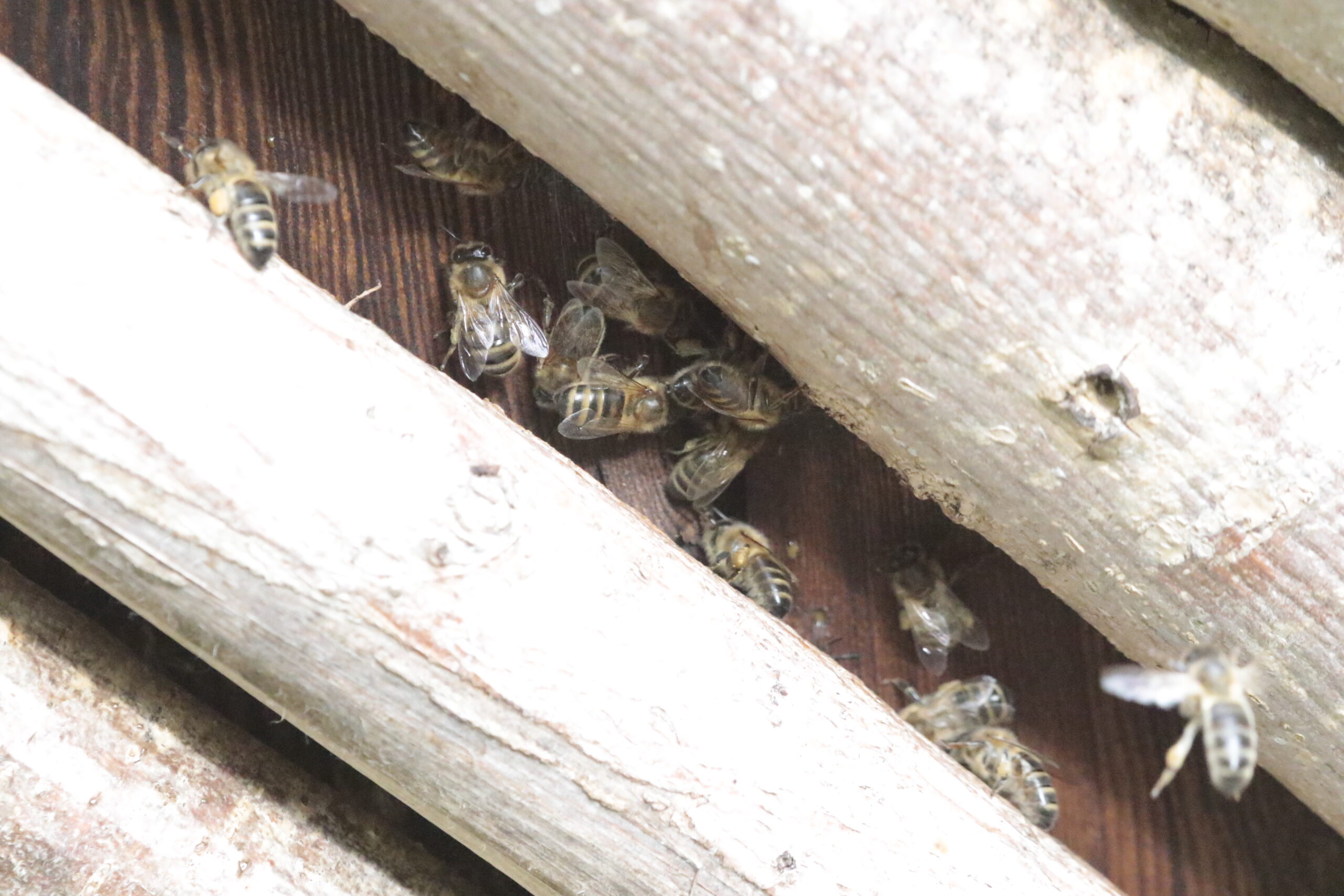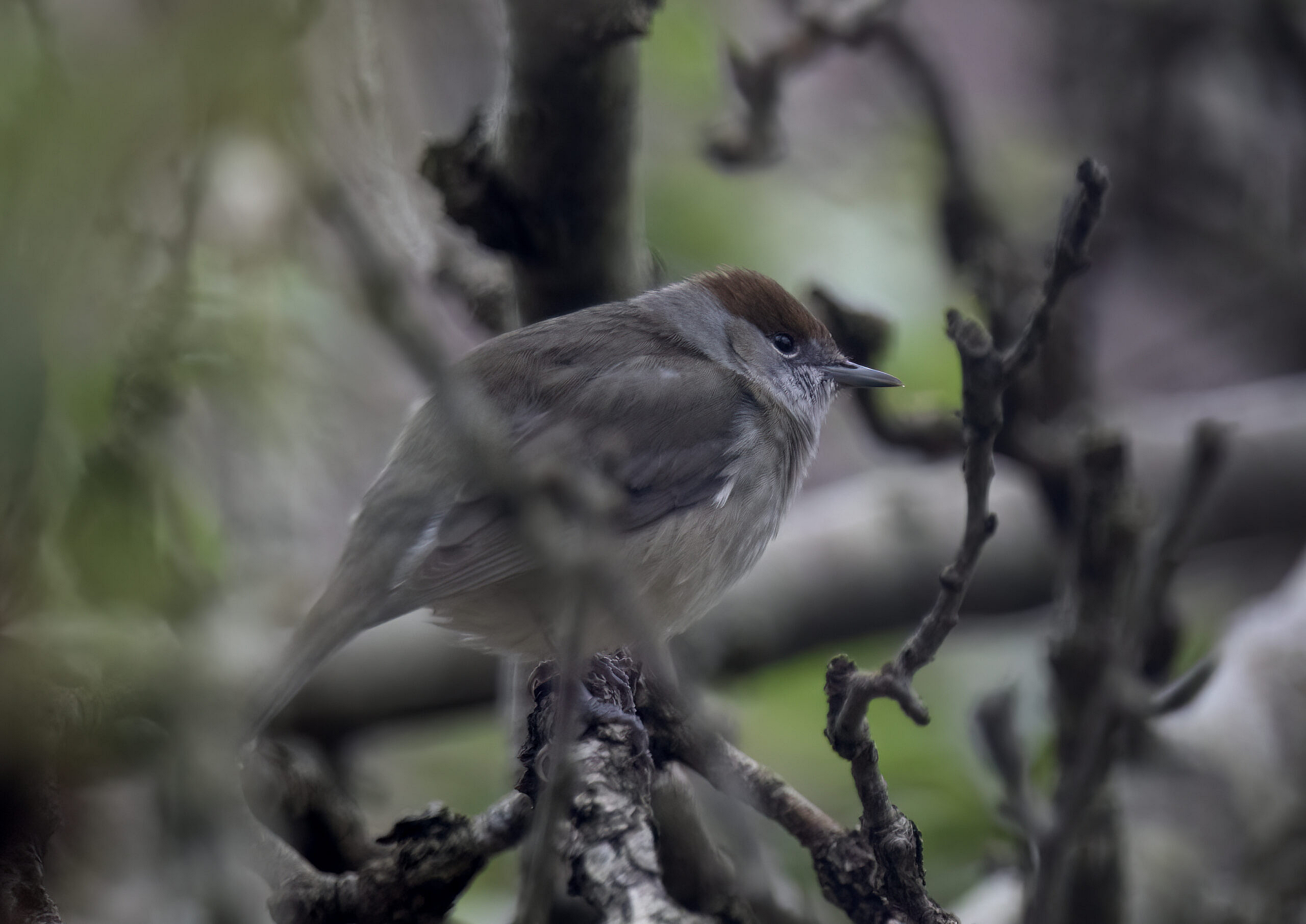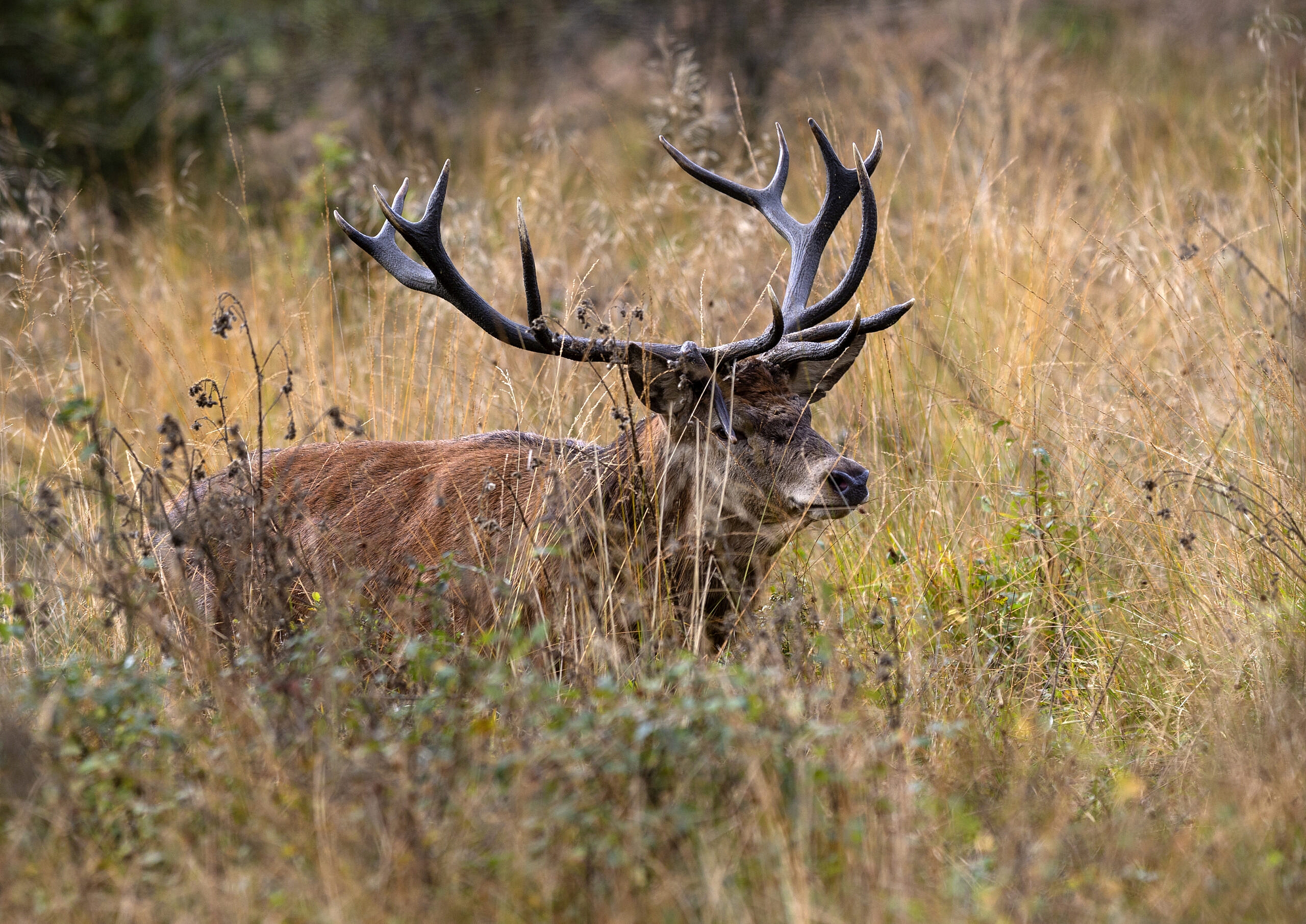I was at the Gloucestershire Wildlife Trust’s Coombe Hill reserve yesterday. It’s a top spot for Dragonflies, but unfortunately it seemed to lack the Whinchat I’d hoped to see – or at least, they weren’t anywhere near the bits of the reserve I was. I’d had a close view of a beautiful sedge warbler singing, watched as a spotted flycatcher fed its young in the branches of a downed tree, and watched a bevy of green sandpiper being ever so slightly overawed by the arrival of a grey heron. They didn’t fly off, but did noticeable shuffle sideways to make room.
But the day’s best bit came just as I was leaving. It was early evening, and a clutch of swifts was circling, making the most of the small insects that rise into the air as evening starts to fall. But then they started mobbing another bird, flying alongside it en masse and diving at it. Now I have seen birds mobbed by others many times. I’ve watched red kites attacked by crows, fearful because the kites will eat their eggs and chicks. I’ve witched a kestrel attacked by peregrines to force it to release its prey. But I have never seen the serene swift do anything other than fly dazzling aerobatics looking for prey. The bird that had attracted their attention was a fairly large bird of prey. At first I thought it was a hobby, attracted by the plentiful dragonflies that are its main food. Perhaps the swifts had seen it taking things in the air and saw it as a threat? But as it got closer, I could see that it wasn’t a hobby. It was such a large bird that I thought it might be a peregrine. That would explain the swifts mobbing it, because a peregrine eats small birds and wouldn’t object to a meal of swift if it could catch such an aerobatic bird. But then the raptor flew right over my head, about thirty feet up. It wasn’t a hobby, or a peregrine. It was the largest female kestrel that I have ever seen. Female kestrels are larger than the males, but even so this bird was half as big again as any I’ve ever seen before.
I’ve wondered for many hours why swifts should mob a kestrel, a bird known much more as a hunter of small, ground-based prey. But then the penny dropped: this bird was so big that I thought it was a peregrine. Perhaps the swifts made the same mistake? Could this simply be a case of mistaken identity?





Social Profiles